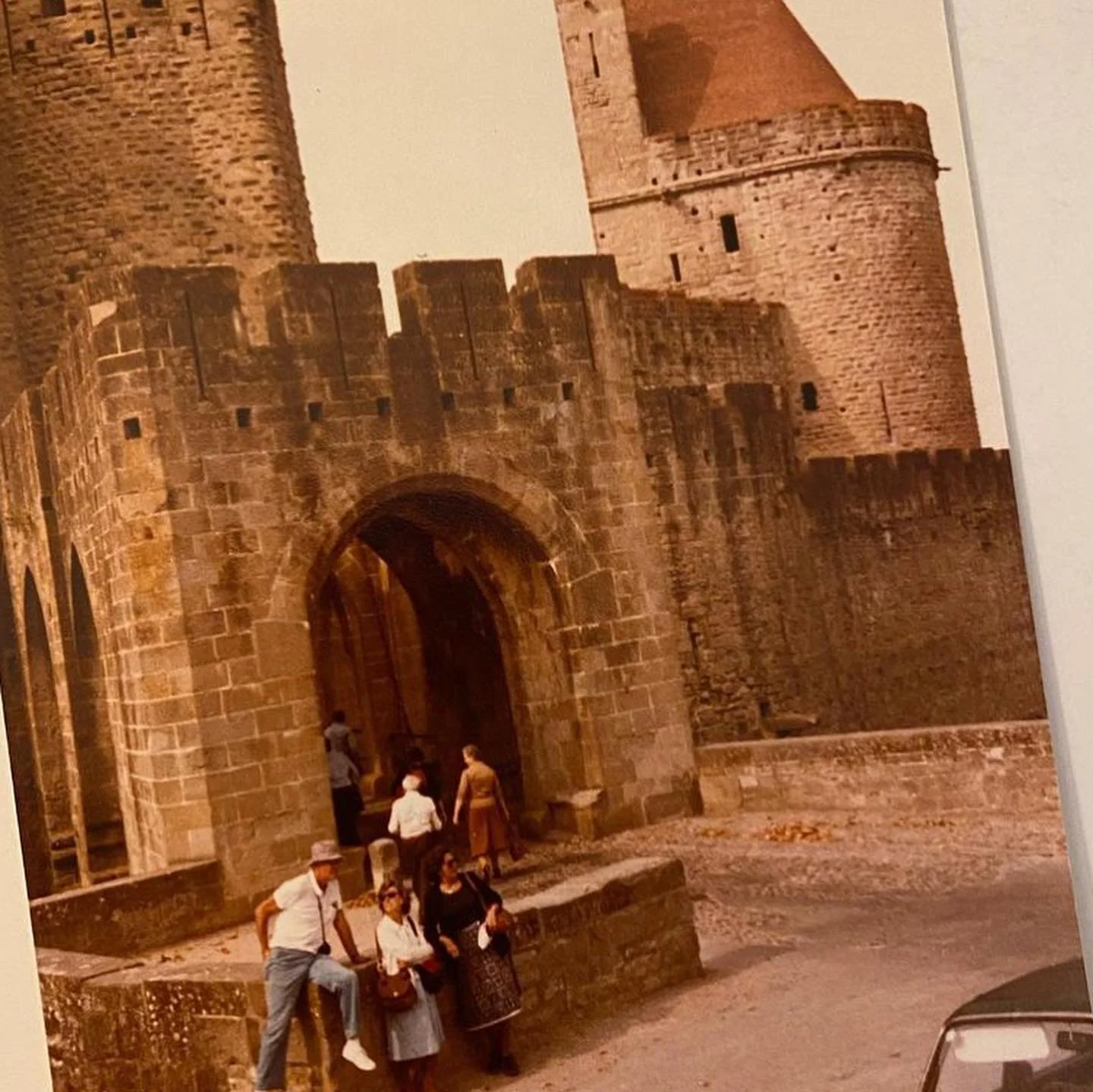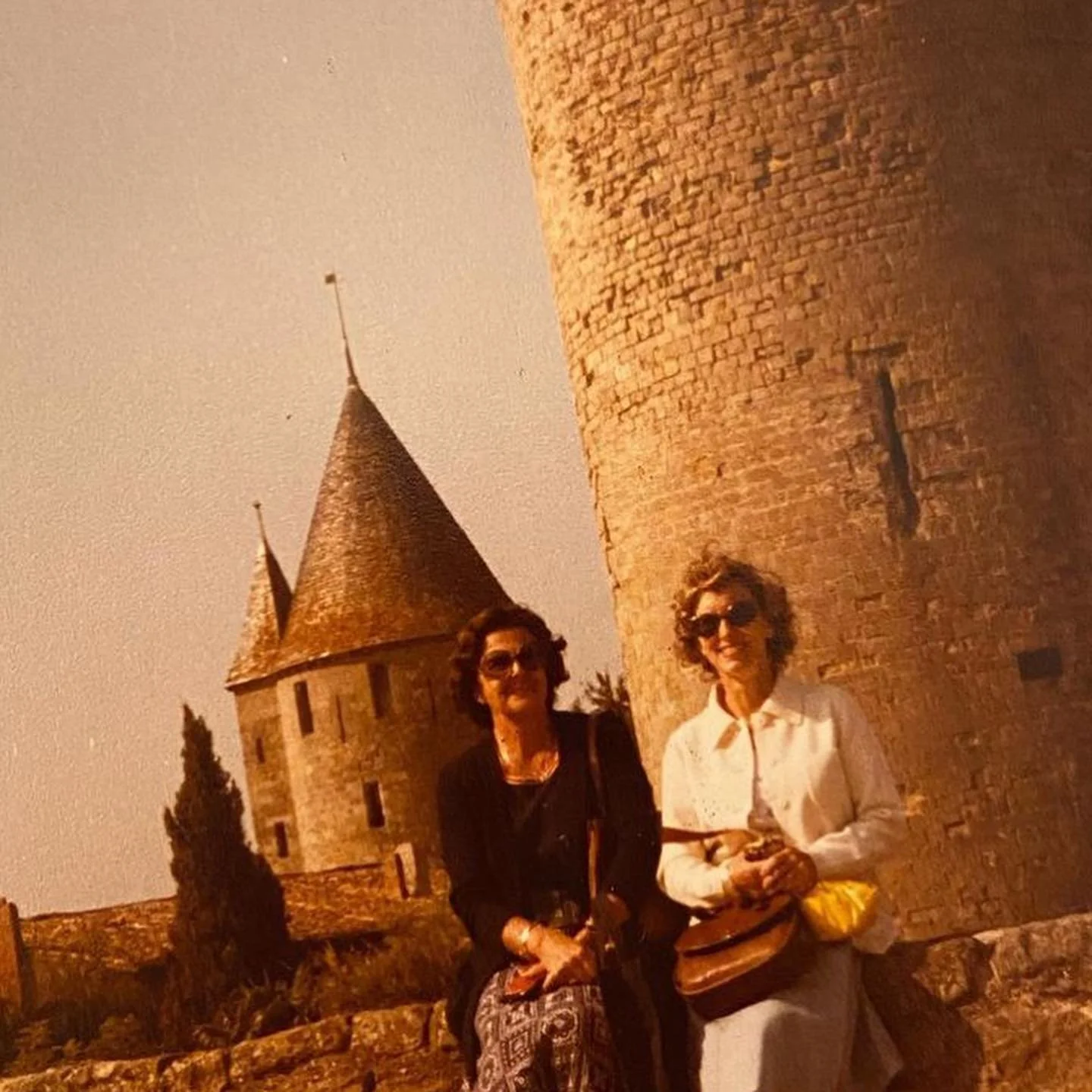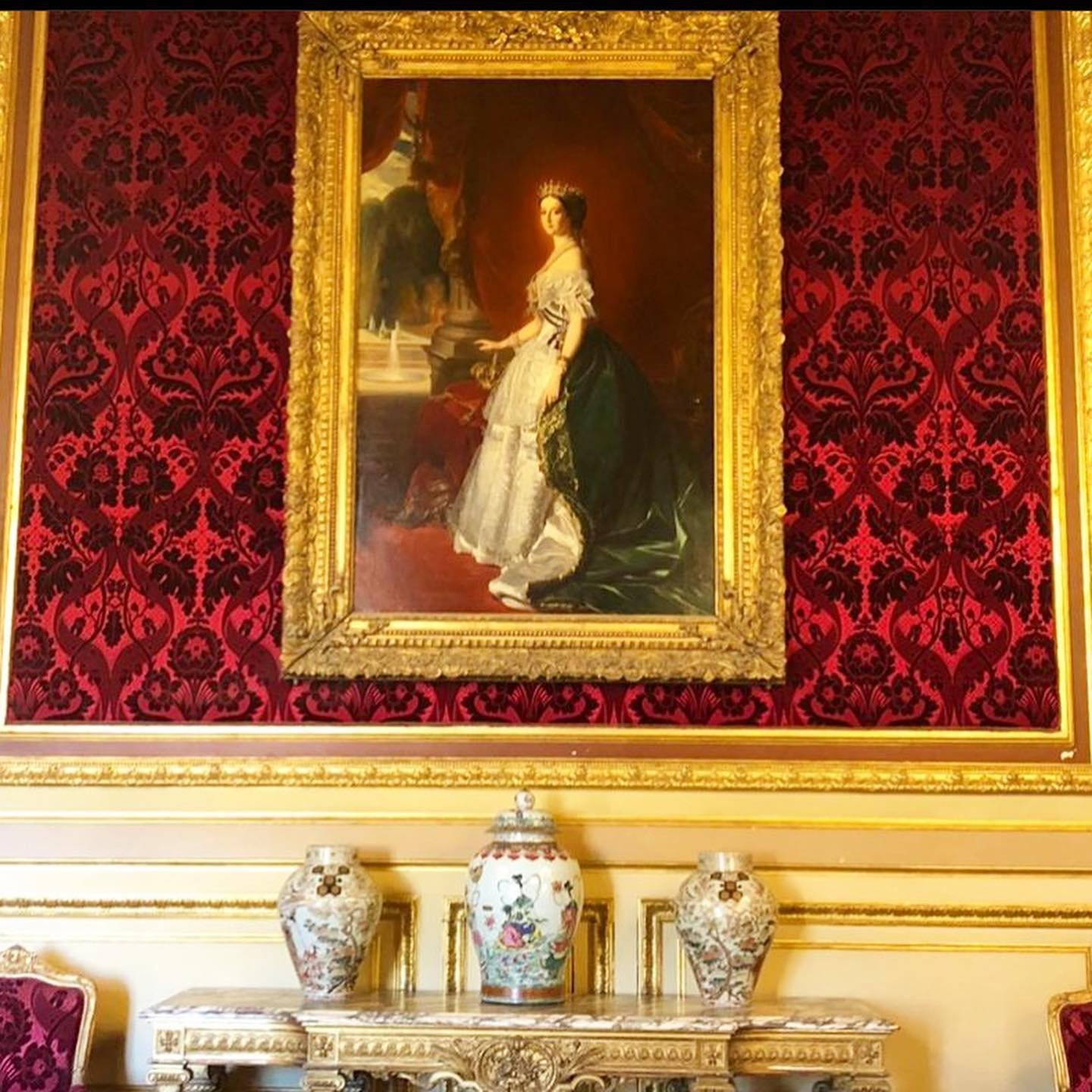French author Colette has been a household name in France for more than a hundred years. Sidonie-Gabrielle Colette was born on January 28, 1873, in the Burgundy region to Captain Jules-Joseph Colette and Adele “Sido”. The famed author took her last breath on August 3, 1954.
One day her father's old friend Henri Gauthier-Villars “Willy” would stop by for a visit and return many times to visit the young Colette. Fourteen years old, he would take her to visit Paris showing her the theater, parties, and the glitz and glamour of the city of lights. On May 15, 1893, they would marry and move to Paris. Colette was in a hurry to get away from her overbearing mother but things would not turn out how she hoped.
After a visit in 1895 to her former school in Saint-Sauveur-en-Puisaye Willy encouraged her to write down some of her stories from her school girl days. Willy was a music critic and writer, or he at least took credit for others writing as his own. Colette wrote the book and Willy tossed it into a drawer for four years. One day he found it and read it again but asked her to spice it up a bit. Colette did just that and in 1900 it would be published under Willy’s name only as Claudine at School. It was an immediate hit and Colette was forced to write another one. She didn’t like the writing process, so Wily would lock her in a room to write each day. In 1901 Claudine in Paris debuted.
Willy was fast to capitalize on the success and had a stage adaptation created that premiered at the Theatre des Bouffes-Parisiens with the young actress Polaire starring as Claudine with her short dark hair and white collard shirts, that are known as a Claudine collar, or Peter Pan for those on the other side of the pond. Colette cut her hair short too and Willy would parade around Paris, basking in his literary glory with his “twins” at his side. He would let people know that Colette partially inspired the books “he wrote”.
Colette went on to write two more, Claudine Married in 1902 and Claudine and Annie in 1903. By 1906 they separated, without any rights to her semi-autobiographical series of books.
After the separation, Colette trained to be a mime, and one night on stage she would kiss Missy de Morny a woman who she was involved with shocking all of Paris. Remarried again in 1912 to Henri de Jouvenal, editor of Le Matin, they would have a daughter who would be given her name but would spend very little time with little Colette. During her marriage to Jouvenal, she began an affair with his 16-year-old son Bertrand that lasted for five years.
All of her writing was woven with the themes and stories of her life and her book Cheri was no exception and is laced with the theme of her marriage to Henri and her affair with Bertrand. The older woman and the much younger man relationship would head straight to her pages. Fun fact, he later was involved with Martha Gelhorn, the 3rd wife of Ernest Hemingway.
In 1925 at 52 years old Colette met Maurice Goudeket, 16 years her junior, and their first few meetings were sexually charged and the excentric Colette captured his attention. Goudeket was born on this date, August 3, 1889, and was a very successful businessman and journalist. Two years later he moved into Colette’s apartment at the Palais Royal overlooking the trees. Colette was perfectly fine living together but in 1935 when they planned a trip to New York they were forced to marry so they can share a cabin on the oceanliner and a hotel room in New York. The two married on the Normandie on April 3, 1935, for what would be the most stable relationship of her life.
Colette had lived in many places in Paris but her favorite was her home in the Palais Royal. In an article she mentioned how much she missed her former home, a few days later the current owner contacted her and asked if she would like it back. In 1940 she and Goudeket moved back in, just in time for WWII. Being Jewish her husband and a rather public figure, Goudeket was constantly trying to outsmart the Gestapo.
In the dark of night on December 12, 1941, they arrived at their Palais Royal door and arrested him, and took him to the camp at Compiegne. Colette did all she could to free her husband. Luckily she was friends with the French wife of the German ambassador and was able to beg for his release and quickly fled to the South of France. Back in Paris, Colette stayed inside her apartment desperately missing her husband who made his way back to Paris and hid in the attic of the Palais Royal.
Colette would look out her window every day as she wrote into the garden of the Palais Royal, hearing the gardener’s rakes scraping up the leaves and the birds singing. She and Maurice would live out the rest of her life here, being treated to wonderful meals from Raymond Oliver chef and owner of Le Grand Véfour, and popping bottles of Pommery champagne.
Julia Child and her husband Paul would dine here and "first laid eyes on the Grande Dame Colette" where she would be carried through the restaurant to her saved corner seat and "avoid our eyes but observe what was on every plate”.
On my first visit to Paris, a trip to this historic restaurant was at the top of my list. The day I walked in and was greeted by the famed chef Guy Martin and was taken through the restaurant I gasped as I took my seat and looked at the brass plaque, it had just one name, Colette. At a very early age, Colette helped me love my name which was and still is so different from anyone else.
Colette would die on August 3, 1954, in her beloved home in the Palais Royale. Denied a Catholic funeral due to her multiple divorces she would be the first female writer to be given a
state funeral. More than 10,000 people paid their respects and a funeral was held in the courtyard and garden of the Palais Royal. She is buried in Père-Lachaise today with her daughter.
In 1966 her daughter requested the Minister of Culture that the place in front of the Palais Royal and Le Nemours be named for her mother, near the home she loved so dearly.
Listen to her whole story with many more twists and turns on the newest episode of La Vie Creative - Paris History Avec A Hemingway.




























































































